2013 Mercedes-Benz CLS Shooting Brake
Stuttgart. With the new CLS Shooting Brake, Mercedes-Benz is once again setting an example when it comes to creativity of design, and as such highlighting its leading role in this area: in terms of its proportions, the new CLS is quite clearly a coupé, but with five doors and a roof which continues through to the rear, it promises some remarkable new possibilities. The idea of the four-door coupé – successfully introduced in 2004 with the first CLS and long imitated in the meantime – has now been taken to new heights and to innovative effect. The result is automotive independence at its most beautiful.
According to CEO Dr. Dieter Zetsche: "Any memorable machine is equal parts art and science. A car has to first deliver in function – the ticket of entry – and then in fascination: the ticket to real excitement. The CLS Shooting Brake excels on both accounts – unlike any other car in the market".
The proportions of the CLS Shooting Brake are surprising but clearly those of a coupé, and create a basic stance which makes it look ready for the off: the long bonnet, narrow-look windows with frameless side windows, and dynamic roof sloping back towards the rear. It is only when taking a second look that it becomes clear that the Shooting Break actually has five doors and offers "more" in terms of function.
In essence it represents an unprecedented version of a sports car with five seats and a large tailgate. It is a special proposition for people looking to differentiate themselves from the mainstream, and who do not wish to compromise on either sportiness or stowage space when it comes to travelling in style. The Shooting Brake is a further highlight in the innovative luxury vehicle series from Mercedes-Benz and, like the CLS Coupé, has the potential to become the role model for a new market segment.
"The CLS Shooting Brake is based on the great tradition of stylish sportiness which has always characterised Mercedes, and takes these unique icons an exciting step further", explains Gorden Wagener, Head of Design at Mercedes-Benz. "It stands for the enhanced design idiom of Mercedes-Benz which is oriented towards aesthetic, avant-garde principles". This is seen in the impressive series of market-defining new vehicle concepts, such as the SLK for example, which in 1996 established a genre as the first Roadster with a retractable steel roof, the M-Class as the first premium SUV in 1998, or the first four-door CLS Coupé in 2004.
Exclusive innovation in the interior: wooden luggage compartment floor
The second generation of the CLS set high standards in terms of the design and quality of the interior: straightforward elegance combined with innovative details and handcrafted perfection. The Shooting Brake also applies this same aspiration in the luggage compartment. It is lined with high-quality carpet, and the hand-stitched material is also incorporated into the sideliners in conjunction with leather appointments. Optional designer loading rails made of aluminium give an even more exclusive look.
An extravagant and unique feature for the automotive industry is the designo wooden luggage compartment floor, which serves to underscore the hand-finished nature of the interior. Cherry tree wood is a classic among fine wood species and contrasts perfectly with the inlaid smoked oak and aluminium rails. This affords the luggage compartment a touch of elegance normally found on yachts, combined with the exciting worlds of technology and precision craftsmanship. The wood is characterised by its flexibility and elasticity, as well as its density and fine texture. For the luggage compartment floor made of American cherry tree wood, selected veneer sheets are glued and pressed together by hand in five cross-bonded layers to achieve high dimensional stability. The blanks are milled into their precise shape using a CNC machine, and the surfaces sanded to a smooth finish and waterproofed to maintain the natural beauty of the wood. Inlaid work using darker smoked oak, precisely cut into three millimetre strips using laser technology, helps to enhance the design of the wooden floor. The lavishly produced aluminium rails have a brushed finish and rubber inserts, and not only help to protect the wooden floor but also feature anti-slip properties.
The CLS coupé already set new standards in interiors with its wide variety of individualisation options. The Shooting Brake also offers five interior colours, five trim designs and also three qualities of leather to choose from. Customers have a choice of three exclusive wood types: high-gloss brown burr walnut, high-gloss black ash and satin-finish light-brown poplar. The interior is given an even more progressive look with the addition of piano lacquer or AMG carbon fibre/black piano lacquer trim elements. A completely new addition comes in the form of porcelain interior appointments which afford both CLS models a sense of luxury normally found in the S-Class. The CLS Shooting Brake also lives up to its role as a design icon thanks to the innovative nature of the materials used. These comprise a mixture of satin and high-gloss finishes used on the metal surfaces.
A new dimension in vehicle concepts: the four-door Shooting Brake
No-one likes to have to compromise: even when the focus is not on the practical elements of the design of the Shooting Brake (length x width x height: 4956 x 1881 x 1413 mm), the new CLS model still has some trump cards up its sleeve. With a load volume of between 590 and 1550 litres, the luggage compartment offers a lot of room despite the flat, sporty lines of the roof, and is easy to use thanks to the automatically opening tailgate fitted as standard. A load compartment cover also protects luggage from prying eyes.
The standard air suspension at the rear helps to ensure optimum road holding at all times. For additional flexibility, the rear seat backrests can be folded down from the luggage compartment as standard. The rear seats themselves provide room for three people, with individual seats on the outsides and a third seat in the middle. The three saddle-type head restraints on the rear seats barely affect the view towards the rear, and can be lowered at the touch of a button by the driver. An optional trailer coupling is also available.
Dr. Joachim Schmidt, Board Member of Mercedes-Benz Cars responsible for Sales & Marketing, sums it all up: "The new CLS Shooting Brake represents a new dimension in vehicle concepts and offers discerning customers independence at its most beautiful."
Lightweight construction and aerodynamics: important contributions to efficiency
Intelligent lightweight construction plays a decisive role in bridging the classic conflict between the objectives of low weight and high strength in the CLS Shooting Brake. The model features frameless, all-aluminium doors made from deep-drawn aluminium panels with extruded sections, and in comparison with conventional steel doors, are some 24 kilograms lighter. The tailgate, bonnet, front wings, various support profiles and substantial parts of the suspension and engines are all made of aluminium too.
The aerodynamics also make a significant contribution to the efficiency of the Mercedes-Benz CLS Shooting Brake. With a frontal area of 2.30 m² and a Cd value of 0.29, the drag area is 0.67 m².
Drive system: powerful and efficient
The CLS Shooting Brake is available with four different engine variants – two diesel engines and two petrol engines. Features common to all engines include the 7G-TRONIC PLUS automatic transmission as well as the ECO start/stop function. In addition, two models are available with all-wheel drive: the CLS 350 CDI 4MATIC BlueEFFICIENCY and the CLS 500 4MATIC BlueEFFICIENCY.
The entry-level model is the CLS 250 CDI BlueEFFICIENCY producing 150 kW (204 hp). Combined fuel consumption is 5.3 litres of diesel per 100 kilometres, an excellent level for this performance class and equivalent to CO2 emissions of 139 grams per kilometre. Coming in above this are the two six-cylinder models: the CLS 350 CDI BlueEFFICIENCY producing 195 kW (265 hp) and the CLS 350 BlueEFFICIENCY producing 225 kW (306 hp). The top-of-the-range model is the CLS 500 BlueEFFICIENCY with a V8 biturbo engine producing 300 kW (408 hp).
An overview of the engines available for the CLS Shooting Brake:
|
Model |
CLS 250 CDI |
CLS 350 CDI |
CLS 350 CDI 4MATIC |
CLS 350 |
CLS 500 |
CLS 500 4MATIC |
|
|
Cylinder arrangement/ number |
4 in-line |
V6 |
V6 |
V6 |
V8 |
V8 |
|
|
Displacement |
[cc] |
2143 |
2987 |
2987 |
3498 |
4633 |
4633 |
|
Rated output |
[kW/hp] at [rpm] |
150/204 4200 |
195/265 3800 |
195/265 3800 |
225/306 6500 |
300/408 5000 |
300/408 5000 |
|
Rated torque |
[Nm] at [rpm] |
500
1600 - 1800 |
620
1600 - 2400 |
620
1600 - 2400 |
370
3500 - 5250 |
600
1600 - 4750 |
600
1600 - 4750 |
|
Fuel consumption, combined |
[l/100 km] |
5.3 |
6.0 |
6.6 |
7.3 |
9.2 |
9.8 |
|
CO2 emissions, combined |
[g/km] |
139 |
159 |
174 |
169 |
214 |
229 |
|
Acceleration
0-100 km/h |
[s] |
7.8 |
6.6 |
6.7 |
6.7 |
5.3 |
5.3 |
|
Top speed |
[km/h] |
235 |
250 |
250 |
250 |
250 |
250 |
Efficiency is also increased by the standard electro-mechanical power steering EPS (Electric Power Steering). EPS is a radical move in the relationship between the driver, car and road surface. This is because for the first time, it gives engineers the freedom to choose and programme many of the parameters that influence steering feedback. So they defined a Mercedes-Benz feeling behind the wheel. In addition to fuel economy, the result is a considerable improvement in handling and agility. The electromechanical power steering also enables another innovation to be implemented – Active Park Assist. The CLS Shooting Brake is not only able to detect parking spaces, but can also park automatically.
Another world exclusive: dynamic full LED headlamps
The CLS was the first passenger car in the world to offer optional dynamic full LED High Performance headlamps, which combine the exciting colour elements of LED technology – similar to those of daytime driving lights – with the performance, functionality and energy efficiency of today's bi-xenon generation. Some 95 percent of all customers have opted for these lights in the CLS Coupé. Of course, as the world's second car to feature this optional extra, the CLS Shooting Brake also offers the new light system. For the first time ever, it provides the Intelligent Light System already proven in Mercedes models fitted with bi-xenon headlamps in combination with LED technology. The headlamps, with their 71 LED lamps in total, look exciting; and they serve to underline the unmistakable appearance of the CLS. The light specialists from Mercedes-Benz have for the first time been able to use LED technology in the innovative Adaptive Highbeam Assist, resulting in an entirely new quality of illumination when driving at night.
In contrast to the first vehicles equipped with LED headlamps, no compromises are now necessary with respect to the functionality and performance of the lighting technology. There are further arguments for LED-based lighting technology: the average operating life of an LED is around 10,000 hours, around five times longer than that of a xenon light; moreover, LED headlamps most closely approximate to the colour of daylight. This means that LED light is in keeping with the normal human perception patterns and that the driver experiences significantly more brightness on the road at night. Studies have shown that the closer the colour of artificial light comes to daylight, the less the strain on the eyes. With a colour temperature of 5500 kelvin, LED light is closer to daylight (6500 K) than xenon light (4200 K).
More than a dozen driving assistance systems help to prevent traffic accidents and reduce the severity of an accident. Active Blind Spot Assist and Active Lane Keeping Assist are available as part of the Driving Assistance package Plus, in combination with DISTRONIC PLUS, BAS PLUS and the PRE-SAFE® Brake. Both assistance systems are not only able to detect an unintentional lane change or vehicles in the blind spot, but can also correct the direction of travel by gentle brake intervention if the driver ignores the visual or audible danger warnings.
It's all in a name: the origins of the name "Shooting Break"
Break, or the homonym Brake, was the name once given to carriages used to "break" in wild horses and also to restrict (or "brake") their urge to move, so that they could be put to use as work horses. Since the carts could easily be broken as part of this process, people tended not to use ones which they may have urgently needed for other purposes. Where necessary, "Brakes" were often fitted out with variable bodies, which were only really used to carry along anything that may have been necessary for the hunt, for example. Any such vehicle which was used when going out shooting was called a Shooting Brake or Shooting Break. Motorised Shooting Brakes were popular in England in the 60s and 70s – exclusive two-door sports cars, which combined the luxury and style of a coupé with a larger load compartment and large tailgate.

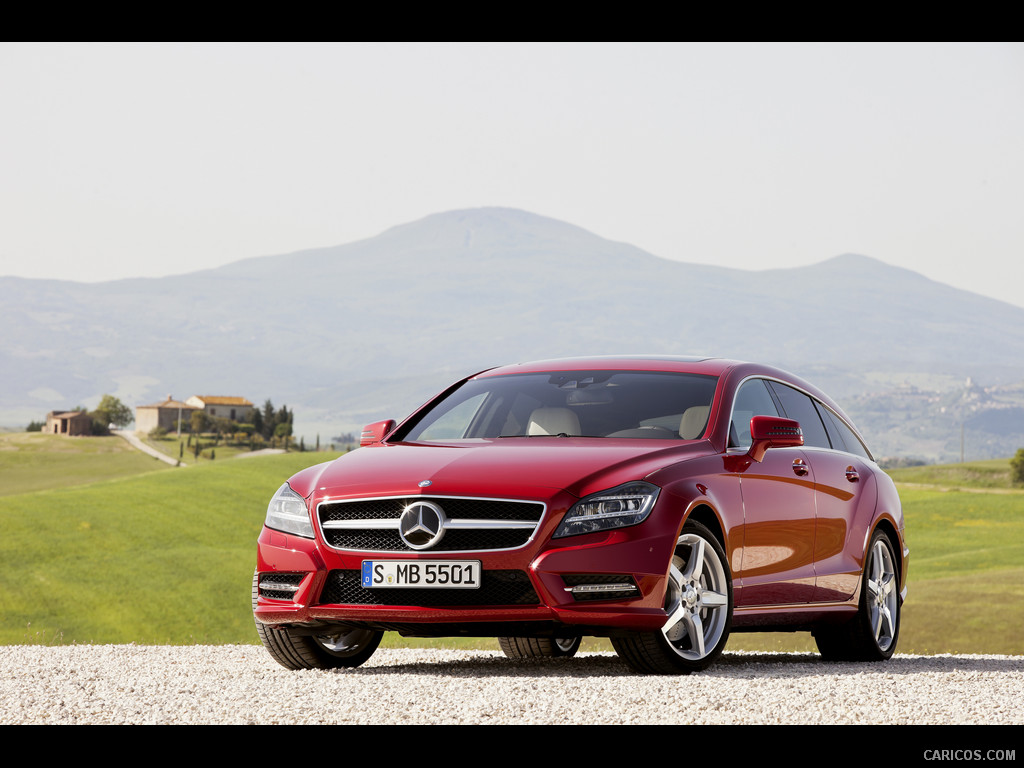 \n
\n
 \n
\n
 \n
\n
 \n
\n
 \n
\n
 \n
\n
 \n
\n
 \n
\n
 \n
\n
 \n
\n
 \n
\n
 \n
\n
 \n
\n
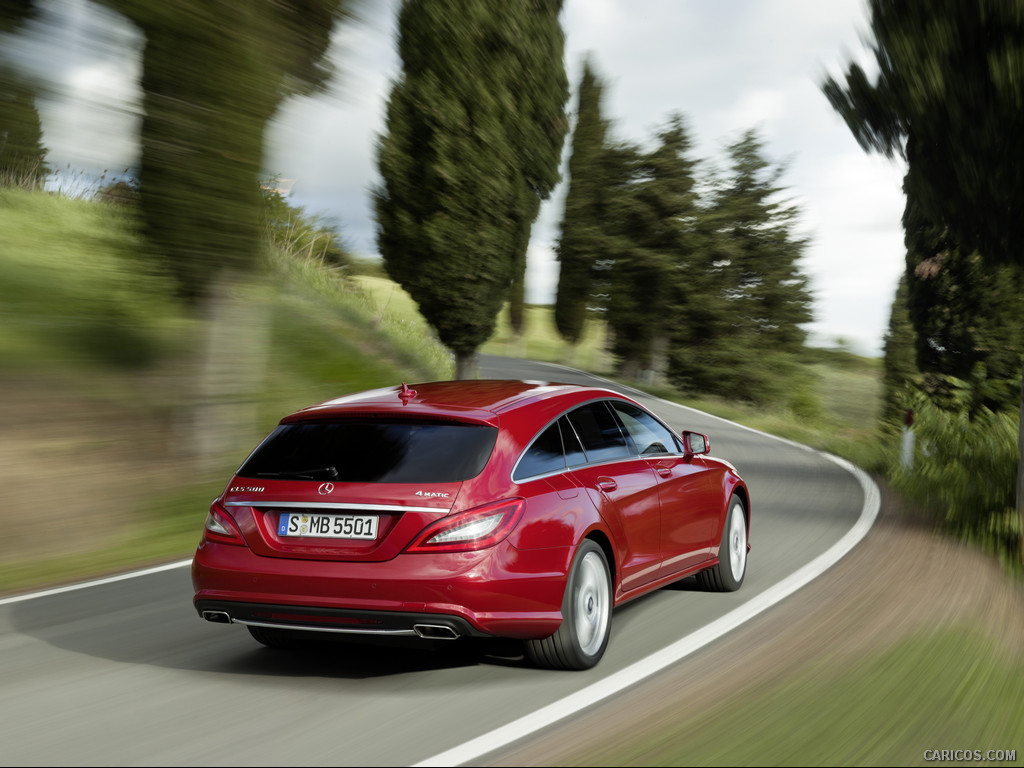 \n
\n
 \n
\n
 \n
\n
 \n
\n
 \n
\n
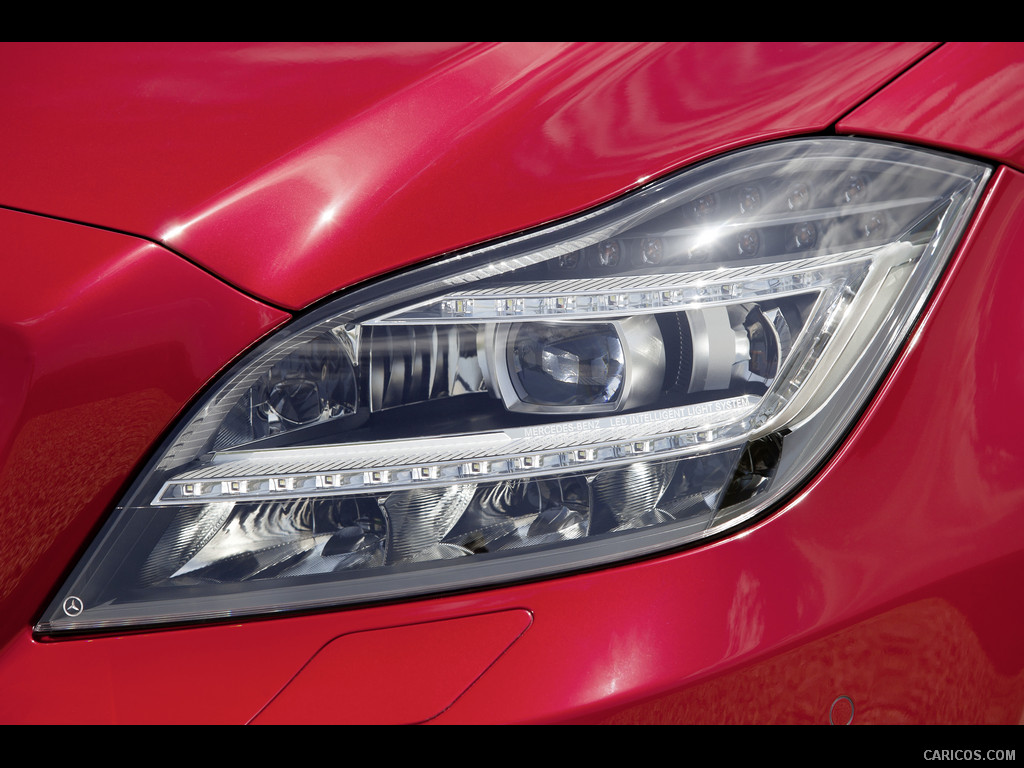 \n
\n
 \n
\n
 \n
\n
 \n
\n
 \n
\n
 \n
\n
 \n
\n
 \n
\n
 \n
\n
 \n
\n
 \n
\n
 \n
\n
 \n
\n
 \n
\n
 \n
\n
 \n
\n
 \n
\n
 \n
\n
 \n
\n
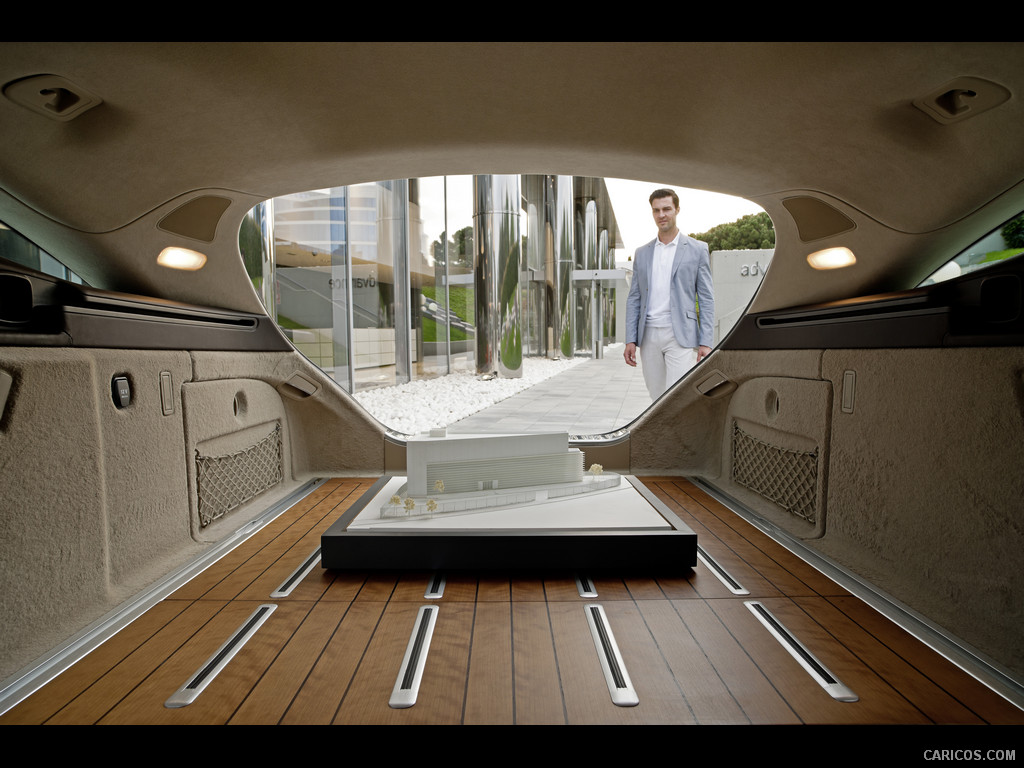 \n
\n
 \n
\n
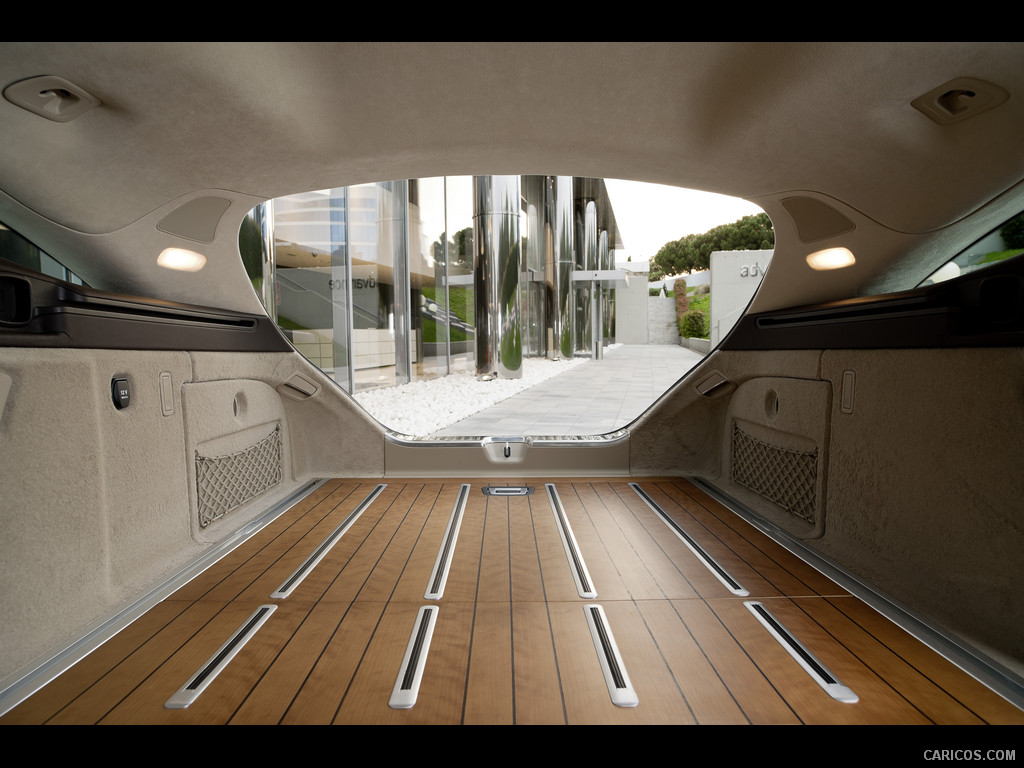 \n
\n
 \n
\n
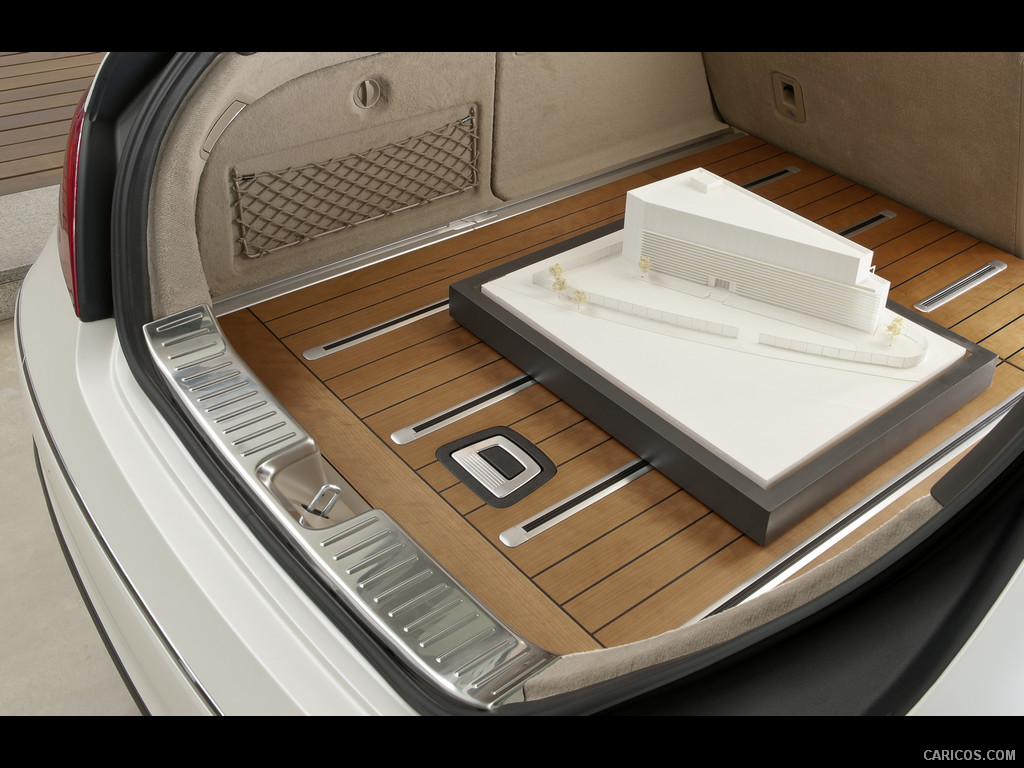 \n
\n
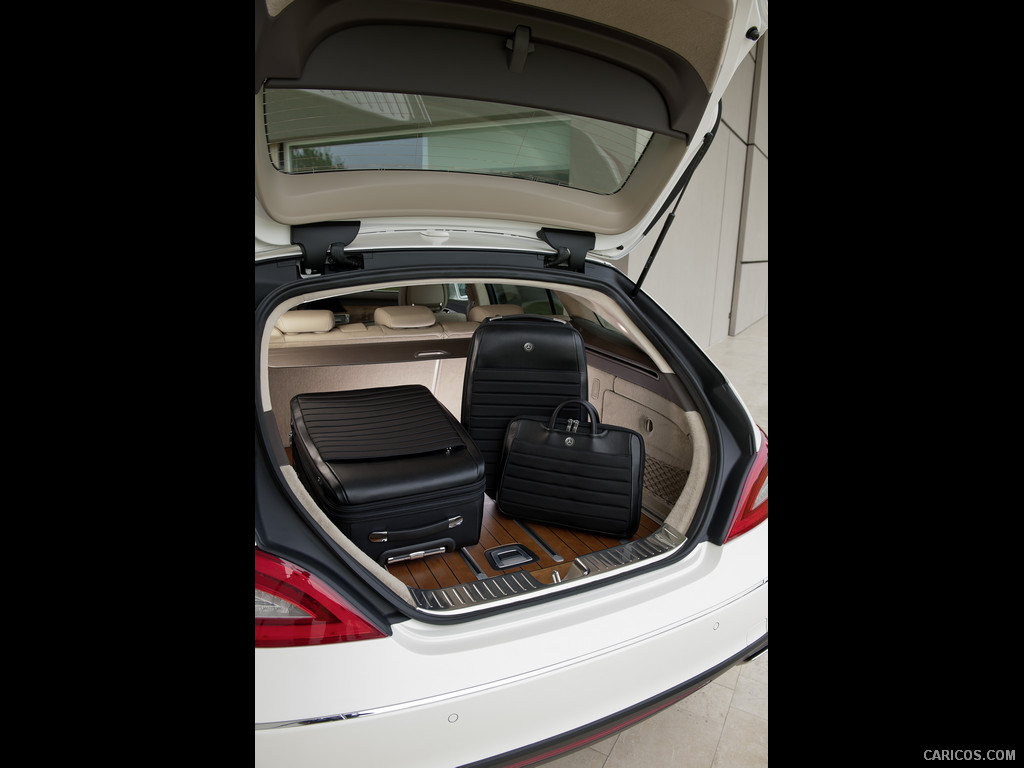 \n
\n
 \n
\n
 \n
\n
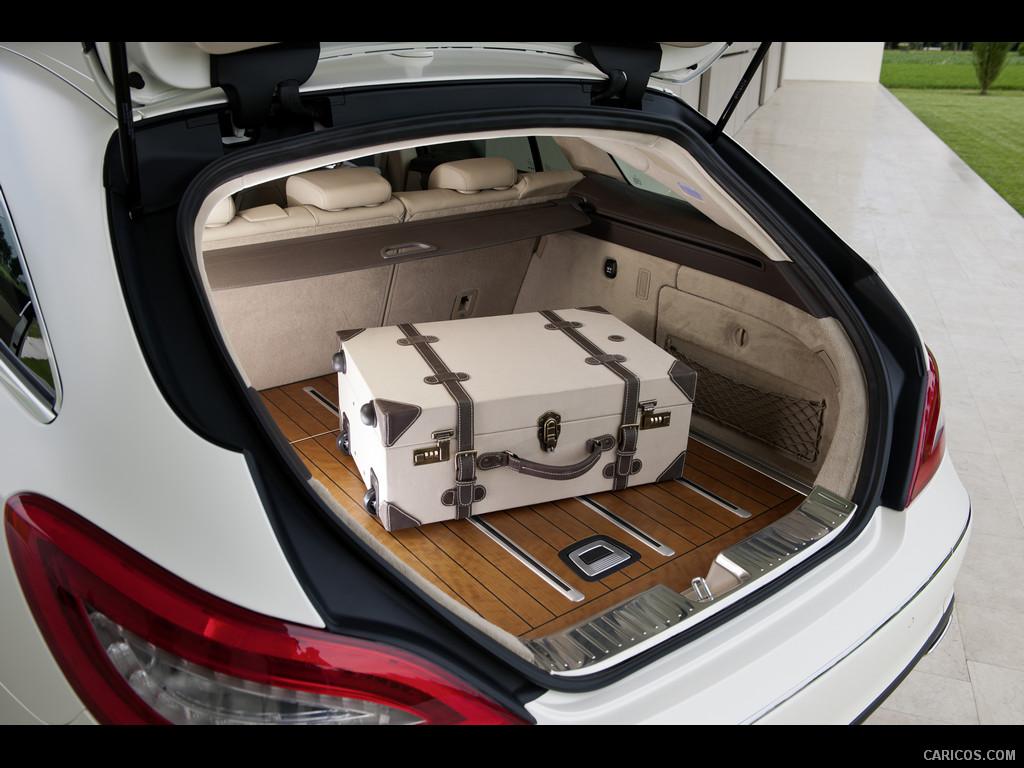 \n
\n
 \n
\n
 \n
\n
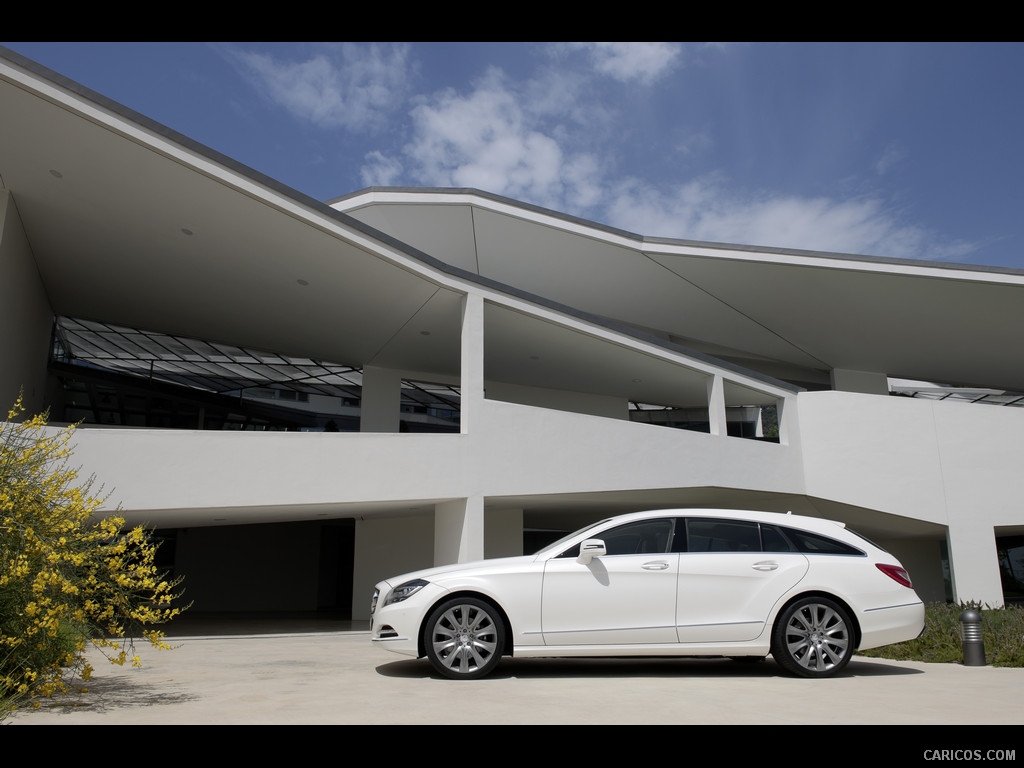 \n
\n
 \n
\n
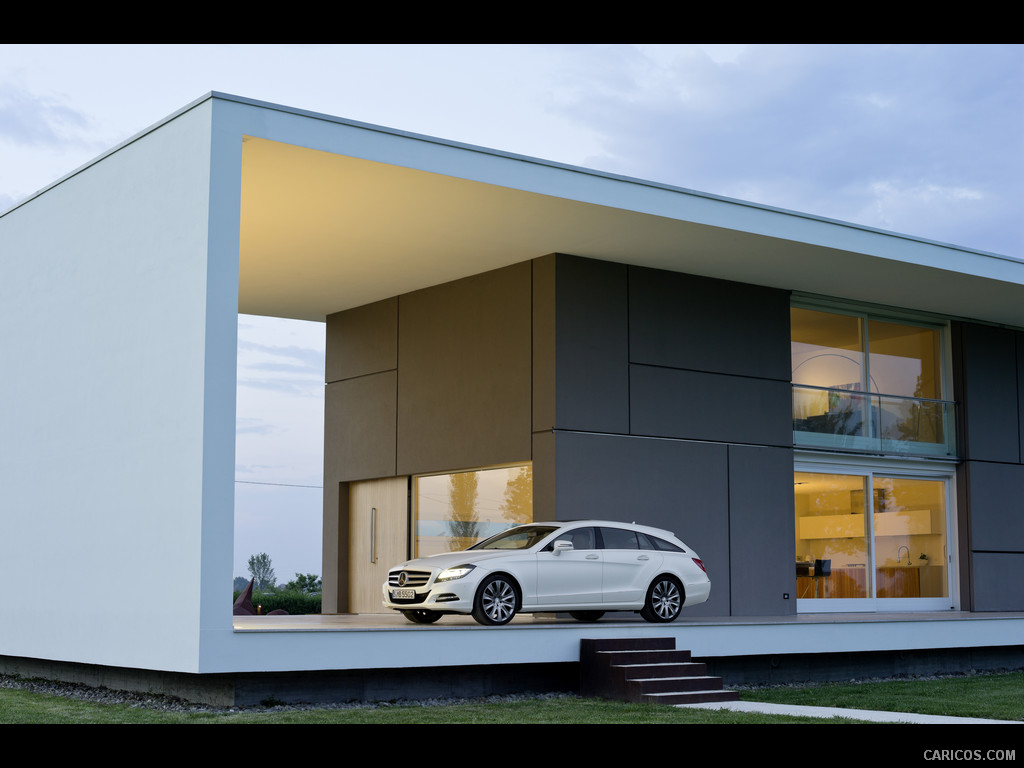 \n
\n
 \n
\n
 \n
\n
 \n
\n
 \n
\n
 \n
\n
 \n
\n
 \n
\n
 \n
\n
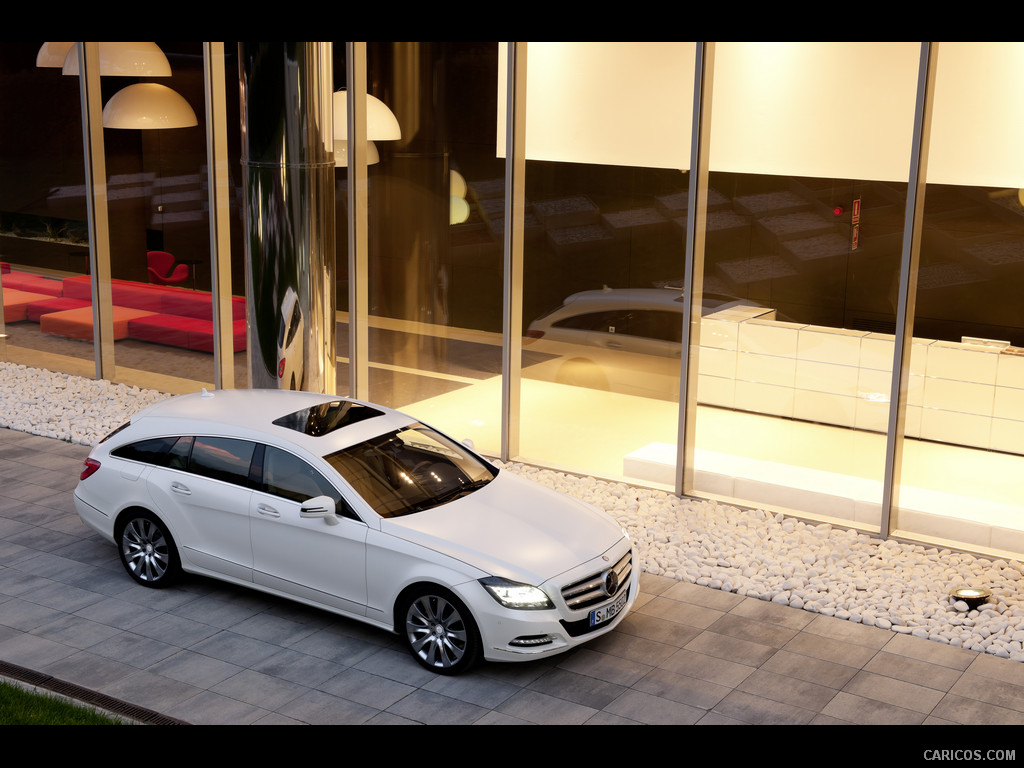 \n
\n
 \n
\n
 \n
\n
 \n
\n
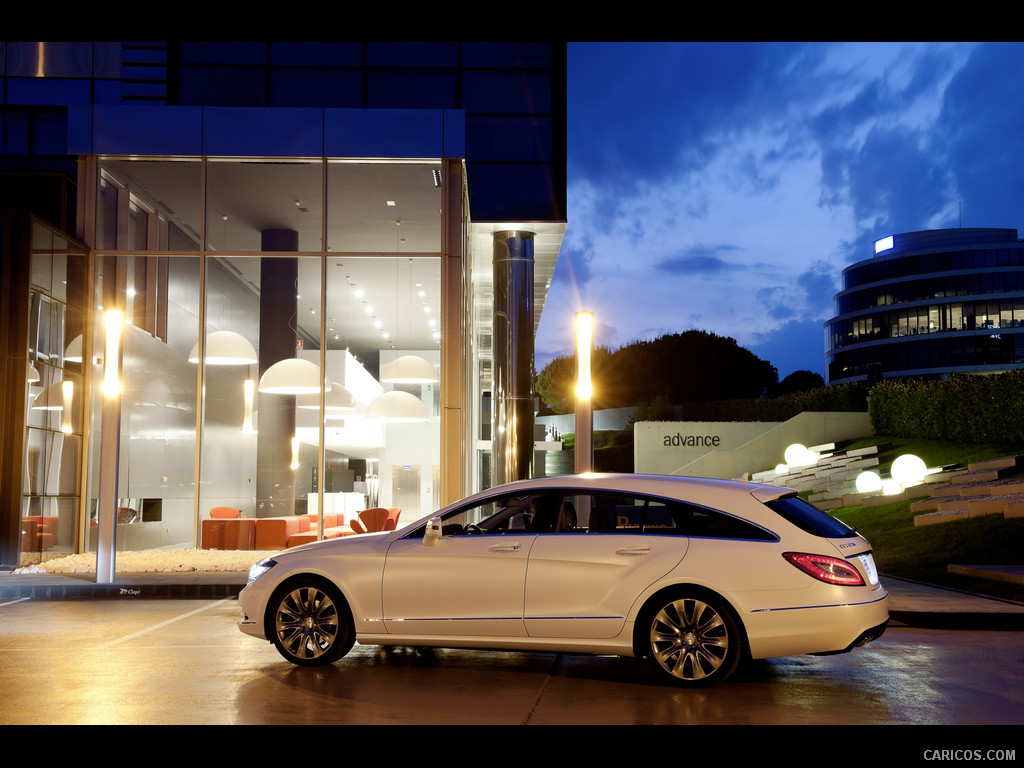 \n
\n
 \n
\n
 \n
\n
 \n
\n
 \n
\n
 \n
\n
 \n
\n
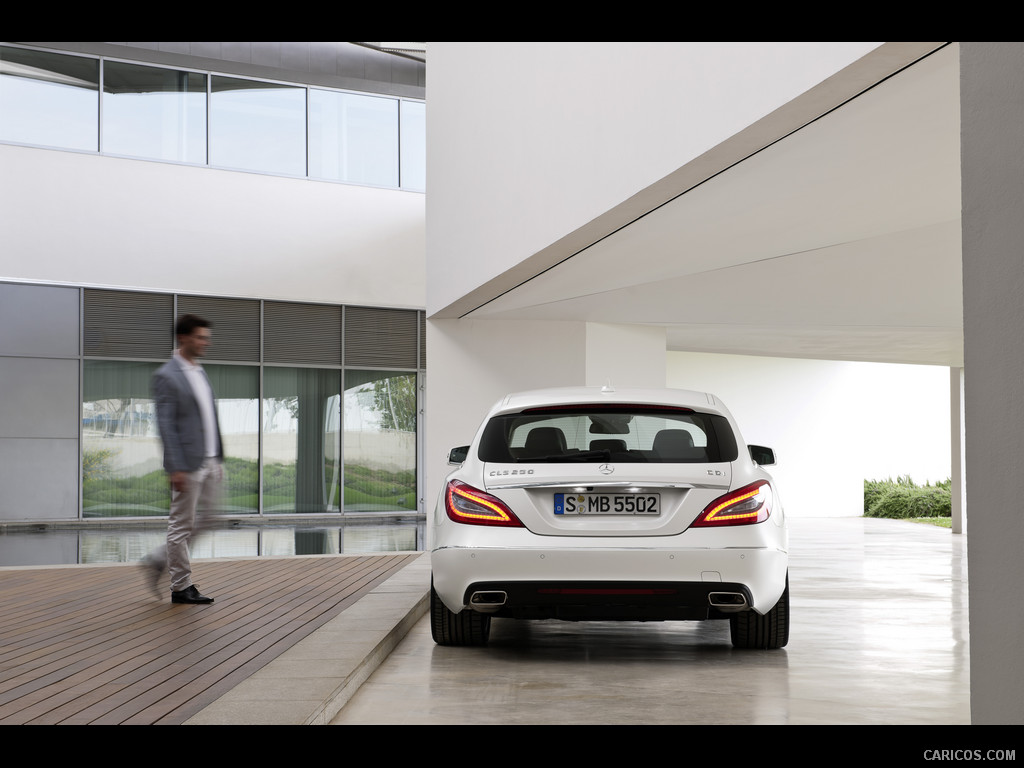 \n
\n
 \n
\n
 \n
\n
 \n
\n
 \n
\n
 \n
\n
 \n
\n
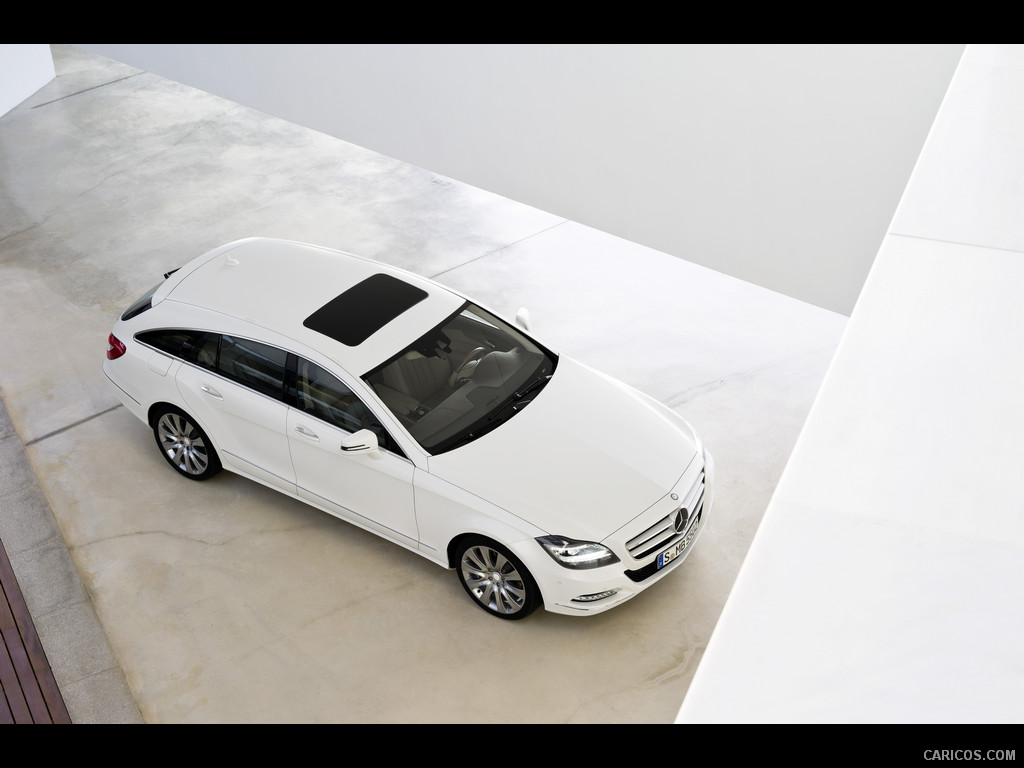 \n
\n
 \n
\n
 \n
\n
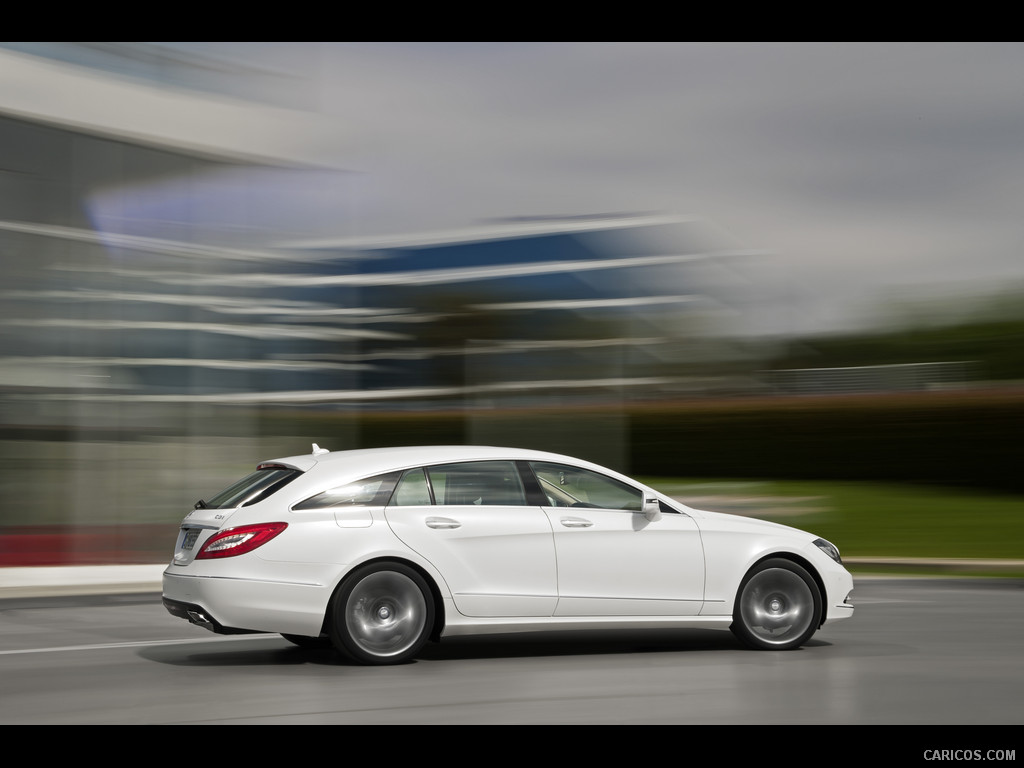 \n
\n
 \n
\n
 \n
\n
 \n
\n
 \n
\n
 \n
\n
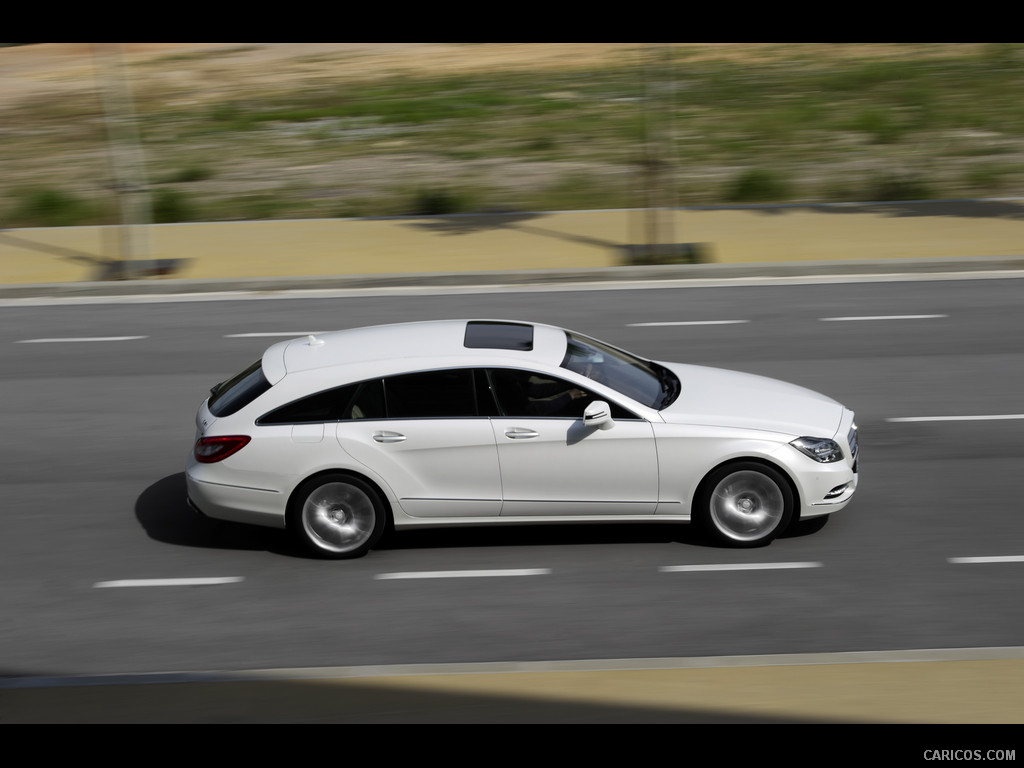 \n
\n
 \n
\n
 \n
\n
 \n
\n
 \n
\n
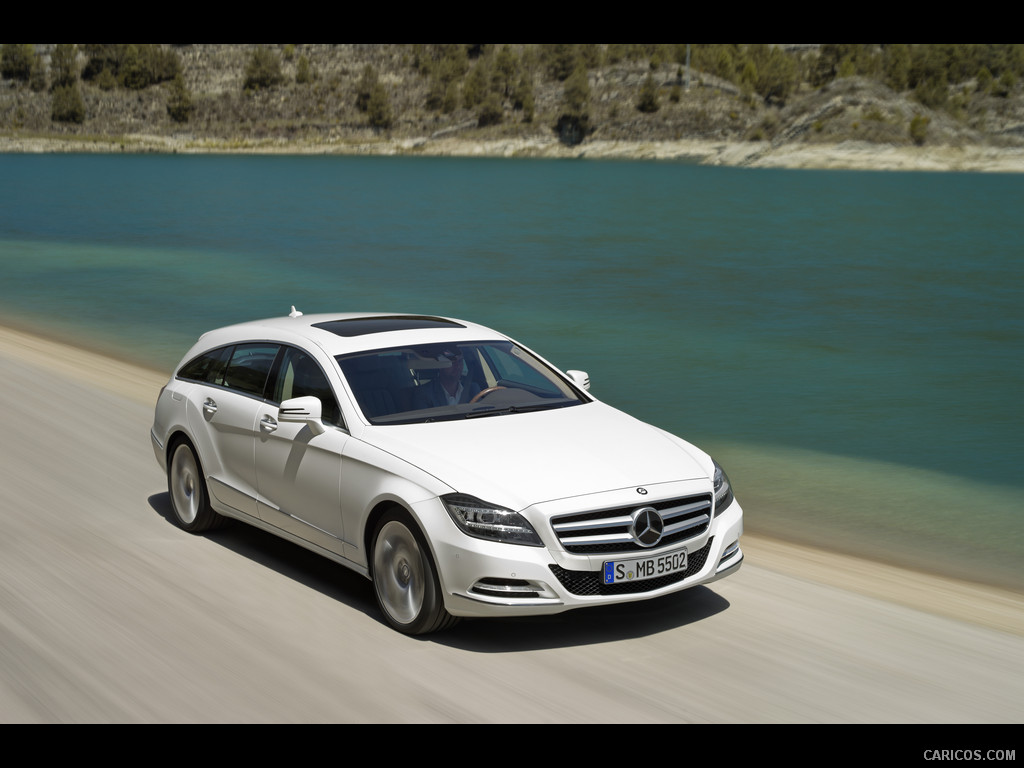 \n
\n
 \n
\n
 \n
\n
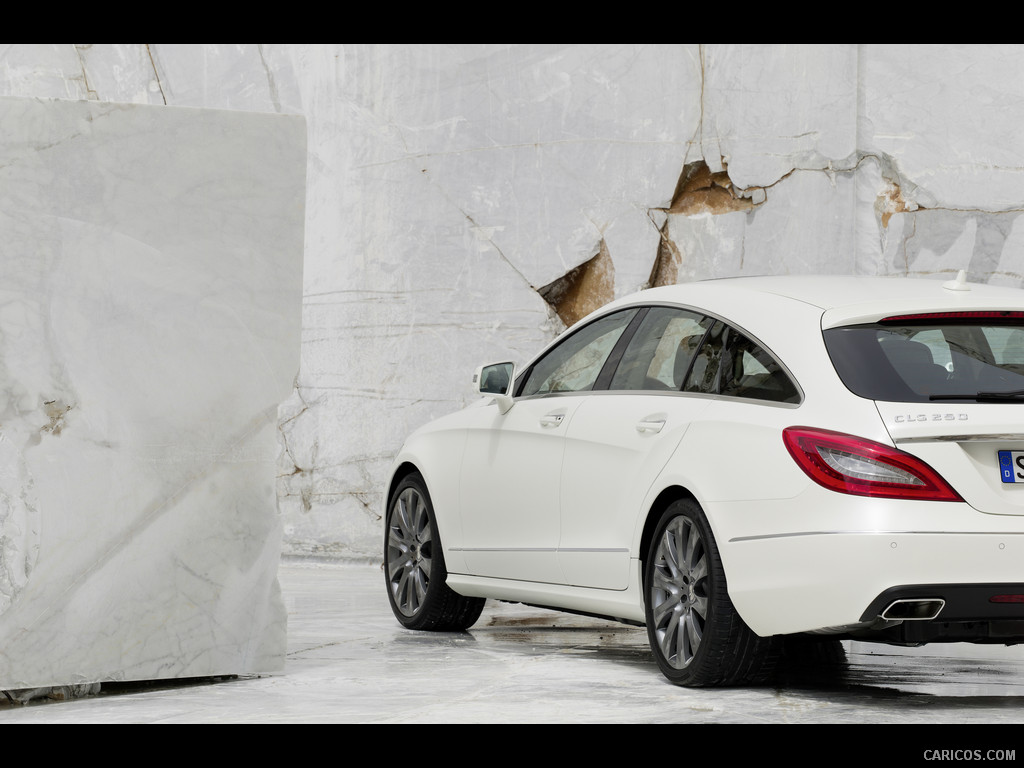 \n
\n
 \n
\n
 \n
\n
 \n
\n
 \n
\n
 \n
\n
 \n
\n
 \n
\n
 \n
\n
 \n
\n
 \n
\n
 \n
\n
 \n
\n
 \n
\n
 \n
\n
 \n
\n
 \n
\n
 \n
\n
 \n
\n
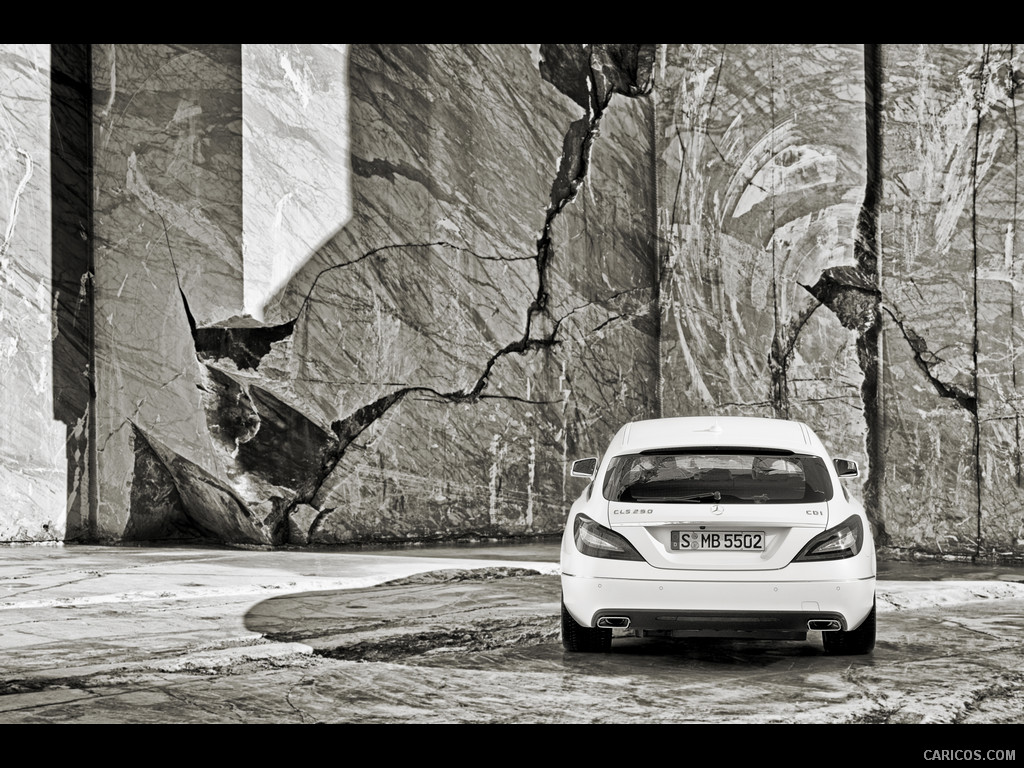 \n
\n
 \n
\n
 \n
\n
 \n
\n
 \n
\n
 \n
\n
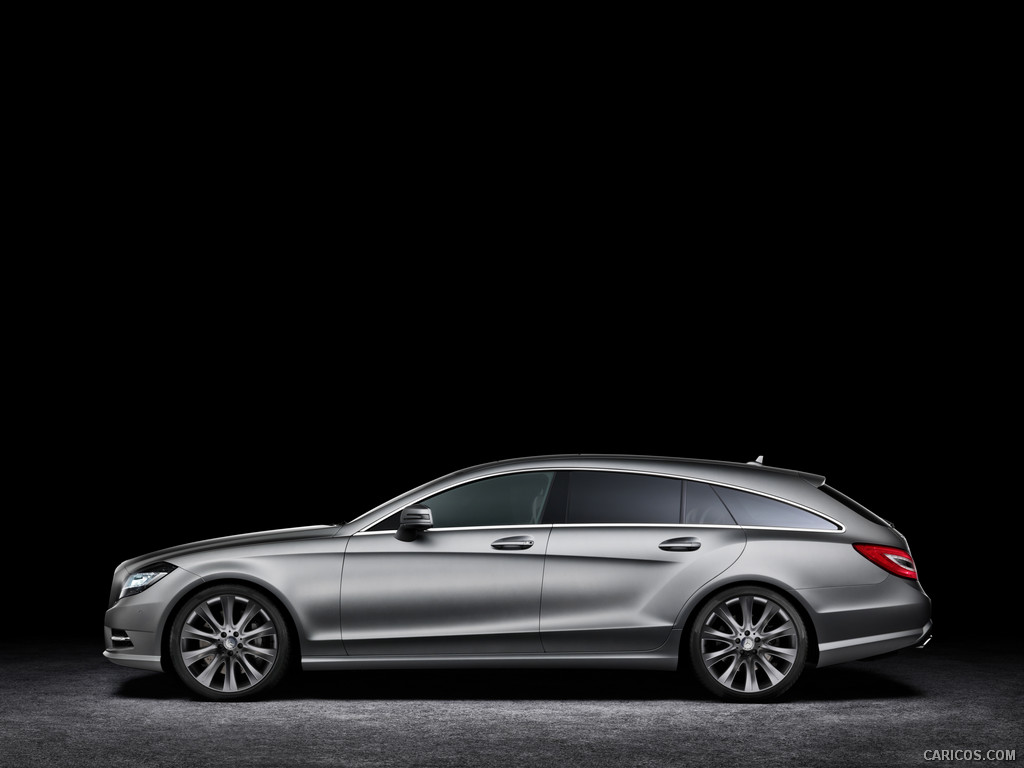 \n
\n
 \n
\n
 \n
\n
 \n
\n
 \n
\n
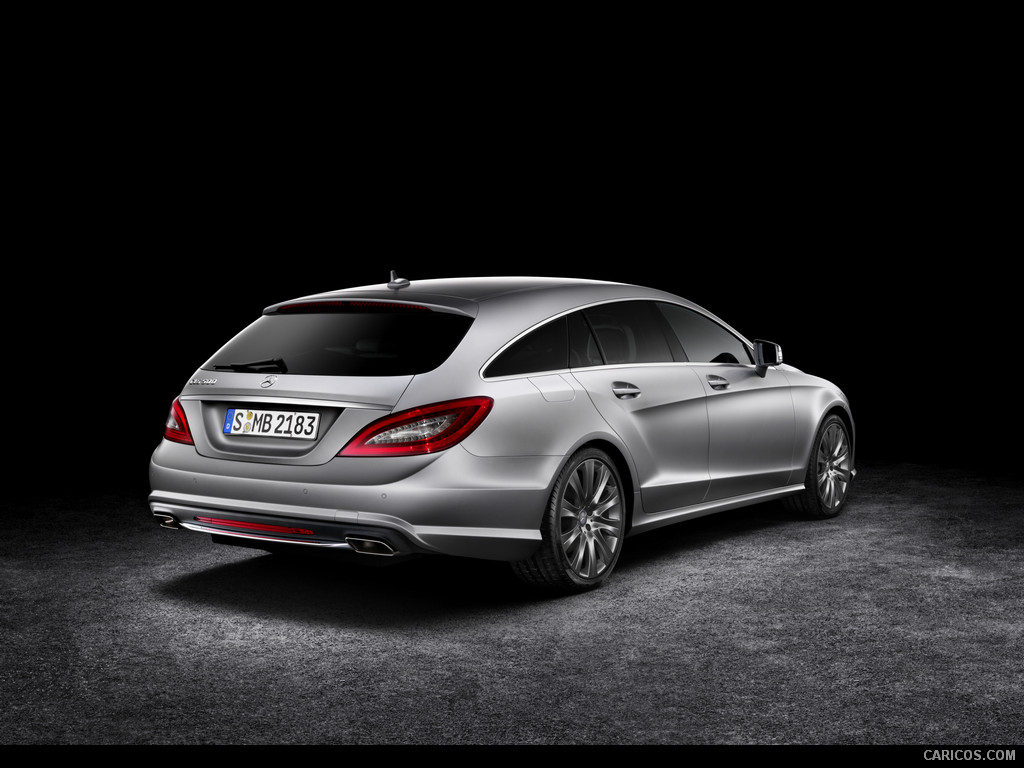 \n
\n
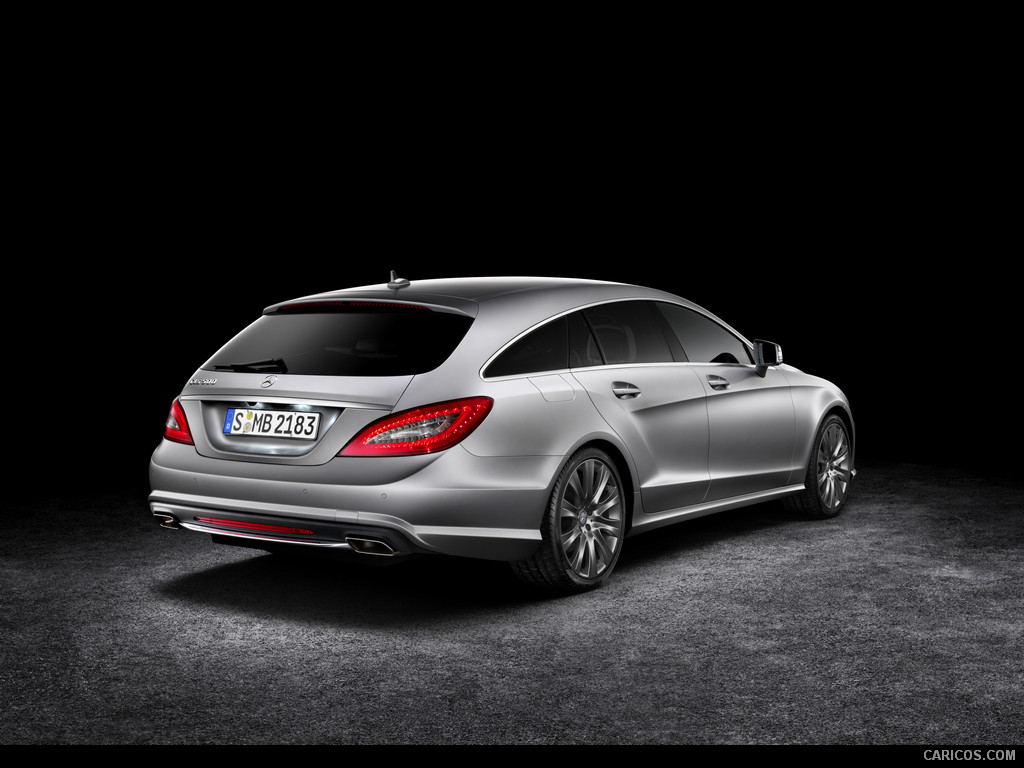 \n
\n
 \n
\n
 \n
\n
 \n
\n
 \n
\n
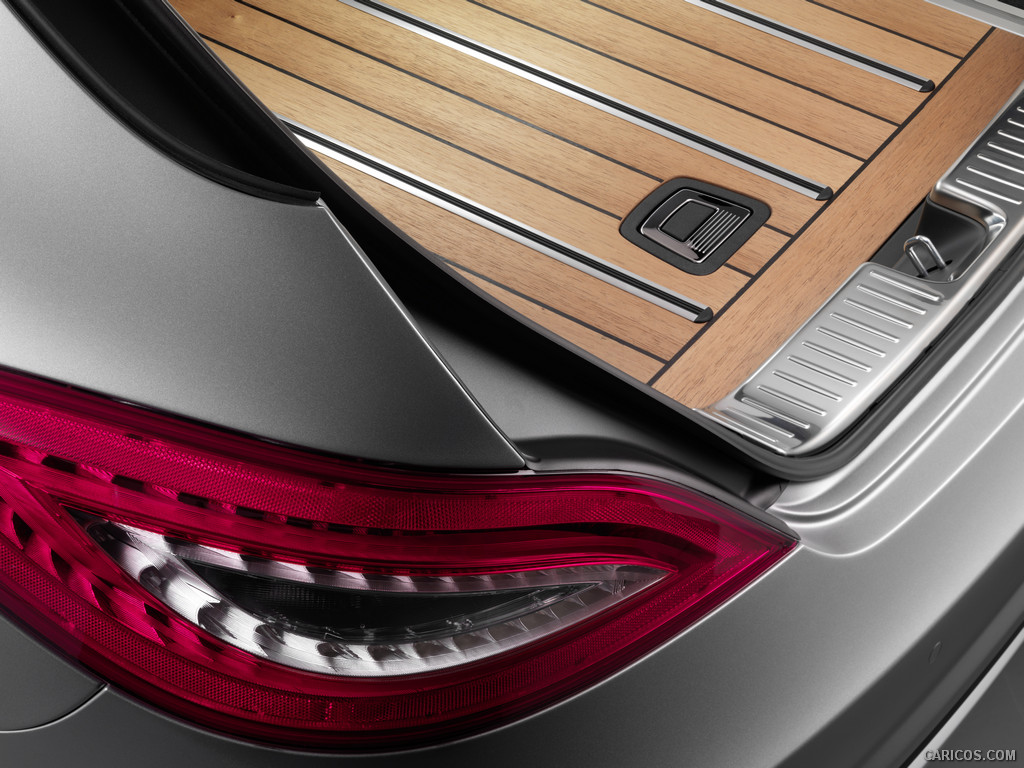 \n
\n
 \n
\n
 \n
\n
 \n
\n
 \n
\n
 \n
\n
 \n
\n
 \n
\n
 \n
\n
 \n
\n
 \n
\n
 \n
\n
 \n
\n
 \n
\n
 \n
\n
 \n
\n
 \n
\n
 \n
\n
 \n
\n
 \n
\n
 \n
\n
 \n
\n
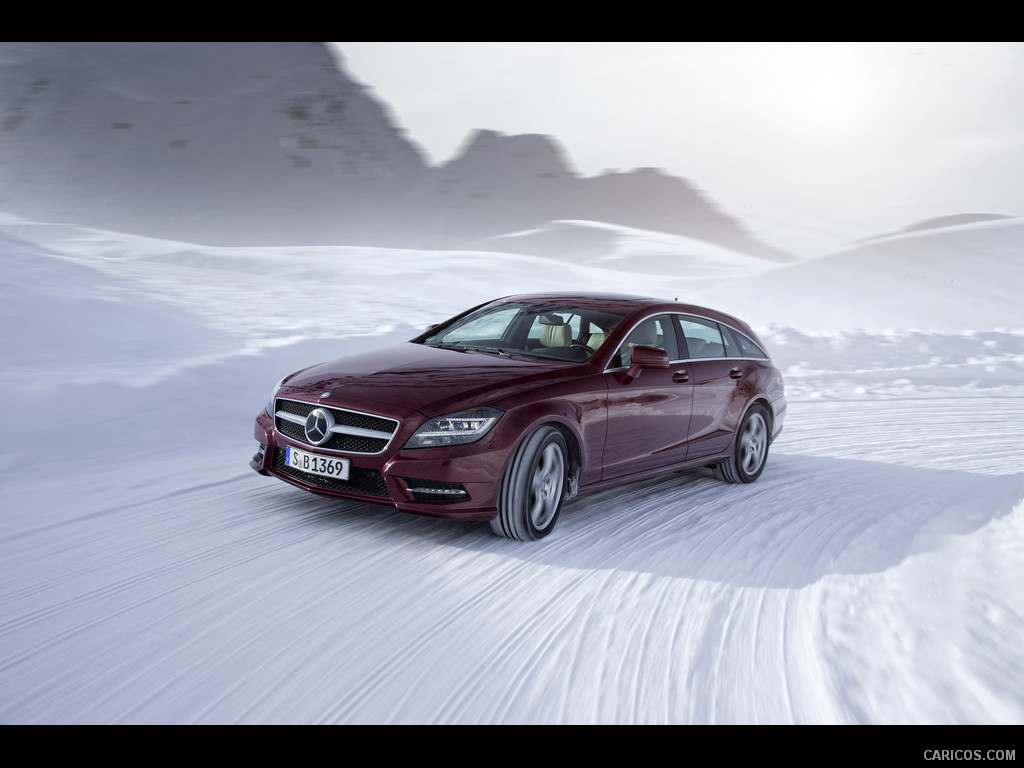 \n
\n
 \n
\n
 \n
\n
 \n
\n
 \n
\n
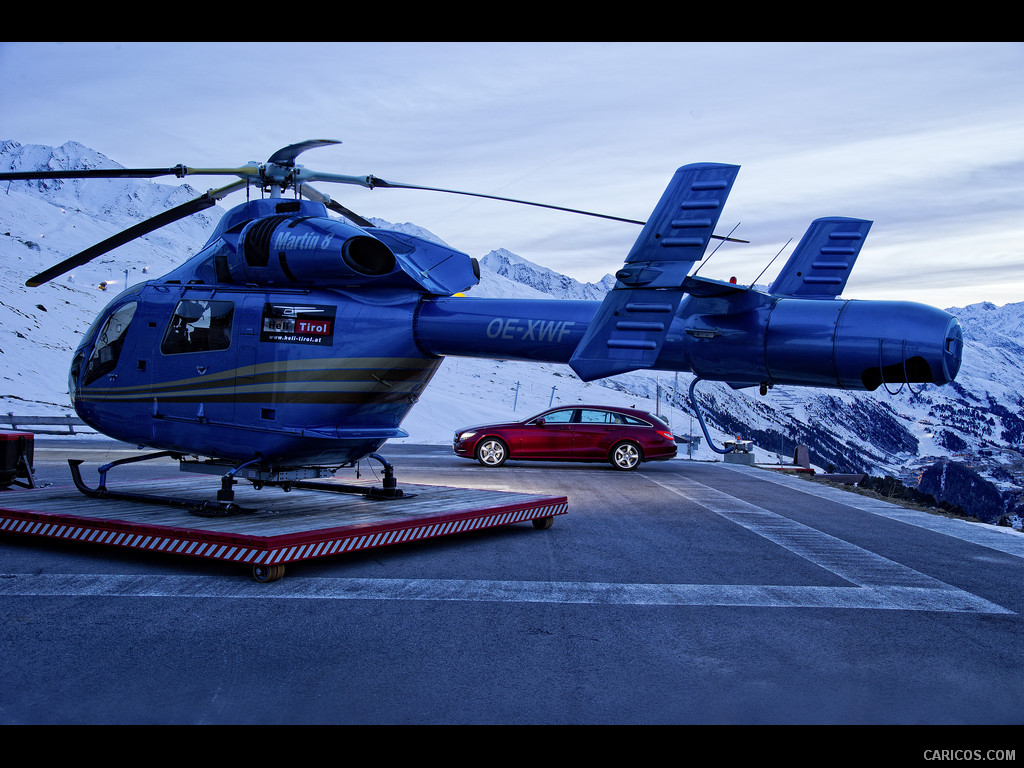 \n
\n
 \n
\n
 \n
\n
 \n
\n
 \n
\n
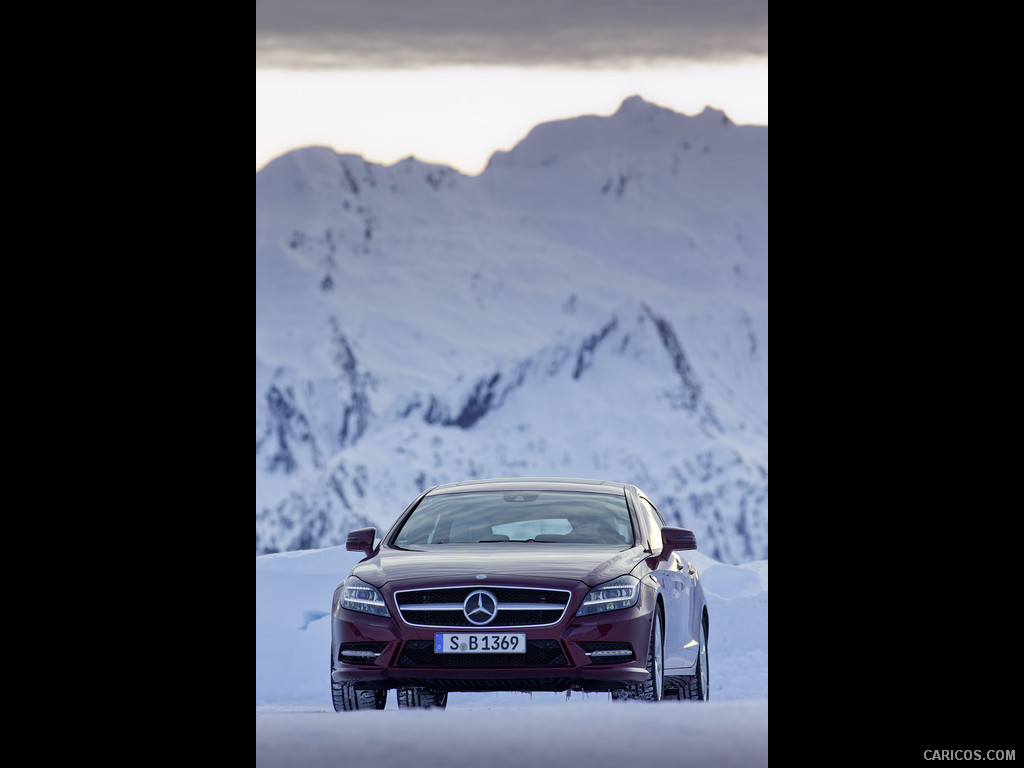 \n
\n
 \n
\n
 \n
\n
 \n
\n
 \n
\n
 \n
\n
 \n
\n
 \n
\n
 \n
\n
 \n
\n
 \n
\n
 \n
\n
 \n
\n
 \n
\n
 \n
\n
 \n
\n
 \n
\n
 \n
\n
 \n
\n
 \n
\n
 \n
\n
 \n
\n






